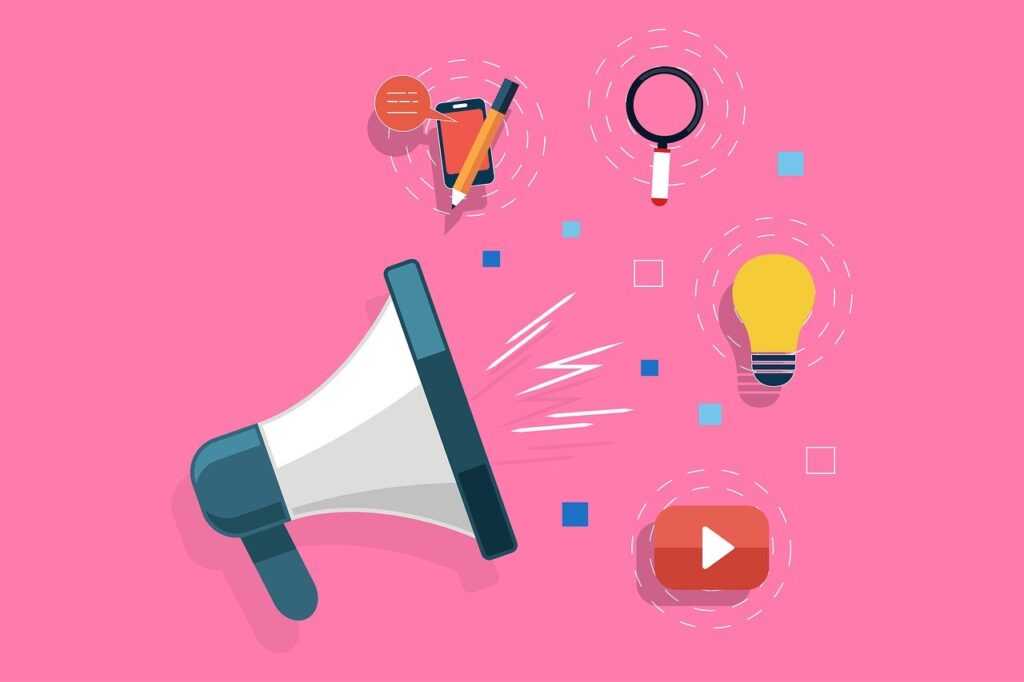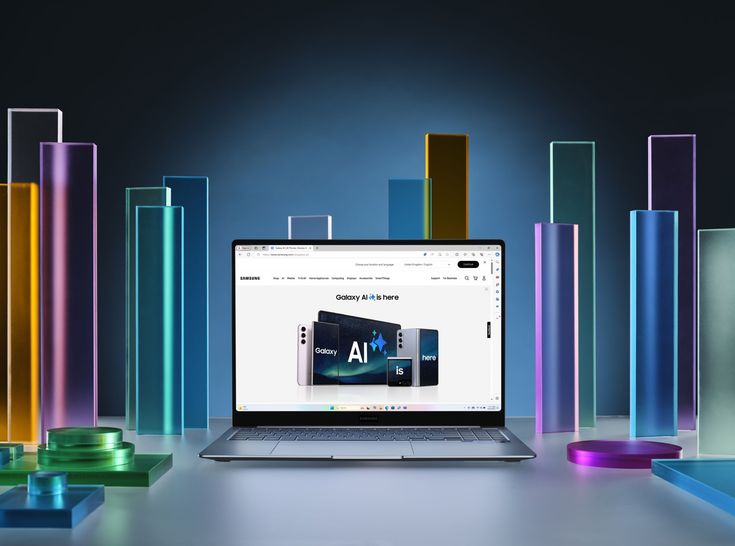Learn how to build an effective omnichannel marketing strategy in 2025. Discover the tools, trends, and techniques to deliver a seamless, consistent customer experience across all platforms.
Introduction
In 2025, customer expectations are at an all-time high. Consumers interact with brands across multiple channels—online and offline—and expect a consistent, personalized experience wherever they are. To meet this demand, businesses must adopt a strategic omnichannel marketing approach.
This blog post explores everything you need to know about building a winning omnichannel marketing strategy in 2025. Whether you’re a startup or an enterprise, this guide provides the key components, tools, trends, and real-world examples to help you engage your audience at every touchpoint.
What is Omnichannel Marketing?

Omnichannel marketing is the practice of creating a seamless and integrated customer experience across all communication and sales channels. This includes:
- Websites
- Mobile apps
- Social media
- Email marketing
- SMS
- Physical stores
- Customer support
Unlike multichannel marketing, which focuses on presence across platforms, omnichannel marketing ensures those platforms work together to enhance customer engagement and satisfaction.
SEO Keywords: omnichannel vs multichannel, what is omnichannel marketing, omnichannel marketing examples
Why Omnichannel Matters in 2025
In 2025, consumers move fluidly between channels. A customer may see an ad on Instagram, visit your website on desktop, chat with a bot on mobile, and complete the purchase in-store. A strong omnichannel strategy ensures consistency throughout this journey.
Key Benefits:
- Higher customer satisfaction and retention
- Increased lifetime value
- Improved data collection and personalization
- Stronger brand identity
SEO Keywords: customer journey 2025, consumer behavior trends, omnichannel benefits
Step-by-Step Guide to Building an Omnichannel Marketing Strategy
1. Understand Your Customer Journey
Map out the entire customer journey from discovery to post-purchase. Identify the key touchpoints and pain points across all channels.
Tip: Use journey mapping tools like Lucidchart or Figma to visualize the experience.
2. Integrate Your Technology Stack
Connect your CRM, marketing automation tools, e-commerce platform, and analytics software to share customer data across departments.
Popular Tools:
- HubSpot
- Salesforce
- Klaviyo
- Shopify
3. Create a Unified Brand Message
Ensure that your brand voice, tone, visuals, and value proposition are consistent across all platforms. This builds trust and familiarity.
4. Personalize the Experience
Use data to tailor messages based on user behavior, preferences, and purchase history. In 2025, personalization is expected, not optional.
Examples:
- Dynamic website content based on location
- Personalized email sequences based on cart behavior
5. Use Cross-Channel Retargeting
Target users who’ve interacted with your brand on one channel and follow up on another (e.g., cart abandonment email after mobile app browsing).
6. Optimize for Mobile-First Experience
With mobile usage at an all-time high, every touchpoint—from emails to websites—must be optimized for smartphones.
7. Measure, Analyze, and Adjust
Track KPIs across all channels to identify what’s working. Use tools like Google Analytics 4, Mixpanel, and Meta Business Suite to monitor engagement and conversions.
Key Metrics:
- Customer retention rate
- Conversion by channel
- CLV (Customer Lifetime Value)
- Cross-channel engagement rate
SEO Keywords: omnichannel KPIs, marketing analytics tools 2025, mobile-first strategy
Top Trends in Omnichannel Marketing for 2025
1. AI-Powered Personalization
AI enables real-time content adjustments, predictive recommendations, and chatbot-driven support across all touchpoints.
2. Voice and Smart Device Integration
Brands are integrating voice search and smart speakers into the omnichannel mix, especially for reordering and support.
3. Social Commerce Expansion
Customers can now shop directly on platforms like Instagram, TikTok, and Pinterest, making social media a vital sales channel.
4. Hybrid Retail Experiences
Physical stores are using QR codes, AR mirrors, and in-store apps to bridge the gap between offline and online shopping.
SEO Keywords: AI in marketing 2025, voice commerce, hybrid retail trends
Real-World Example: Sephora’s Omnichannel Success
Sephora uses a seamless integration of mobile, web, in-store, and social media to deliver a personalized shopping experience. Their Beauty Insider program, app-based AR tools, and online booking system create a truly connected customer journey.
Final Thoughts
In 2025, omnichannel marketing is no longer a luxury—it’s a necessity. Businesses that succeed will be those that create consistent, data-driven, and personalized experiences across every channel. Start small, integrate wisely, and evolve with your audience.
Call to Action
Ready to build a future-proof marketing strategy?
Subscribe to our newsletter to get expert tips and actionable frameworks on omnichannel marketing, AI integration, and customer retention in 2025.
Related Articles:
- 10 Social Media Trends You Need to Know in 2025
- TikTok vs Instagram for Business in 2025
- How Marketing Automation Is Transforming Strategy in 2025




